Shoreham’s church of St Mary De Haura has been a landmark for many centuries. For over 250 years the bells suspended in the tower belfry have been rung from the Ringing Room many feet below. The belfry, the ringing room, the clock movement and the tower roof are only accessible via a very narrow spiral staircase in the North East corner of the tower.
Hamish McKenzie is the current St. Mary’s Bellringer’s Tower Captain – and one of his additional roles for many years is to ascend the narrow steps to raise the flag on national days and state occasions. www.Shorehambysea.com were granted access to accompany Hamish to the roof to raise the flag of St. George to mark St. George’s Day 2022.
You can see panoramic views of Shoreham from the tower via 4 large 360 images for you to interactively explore here. Note all images and video were taken using a remote 360 camera on a telescopic pole safely from within the confines of the tower parapet.
The trek up the tower also presented the opportunity to compare the modern views with those photographs taken by previous generations. Those then and now comparisons with 100 years inbetween can be seen here.
The Tower
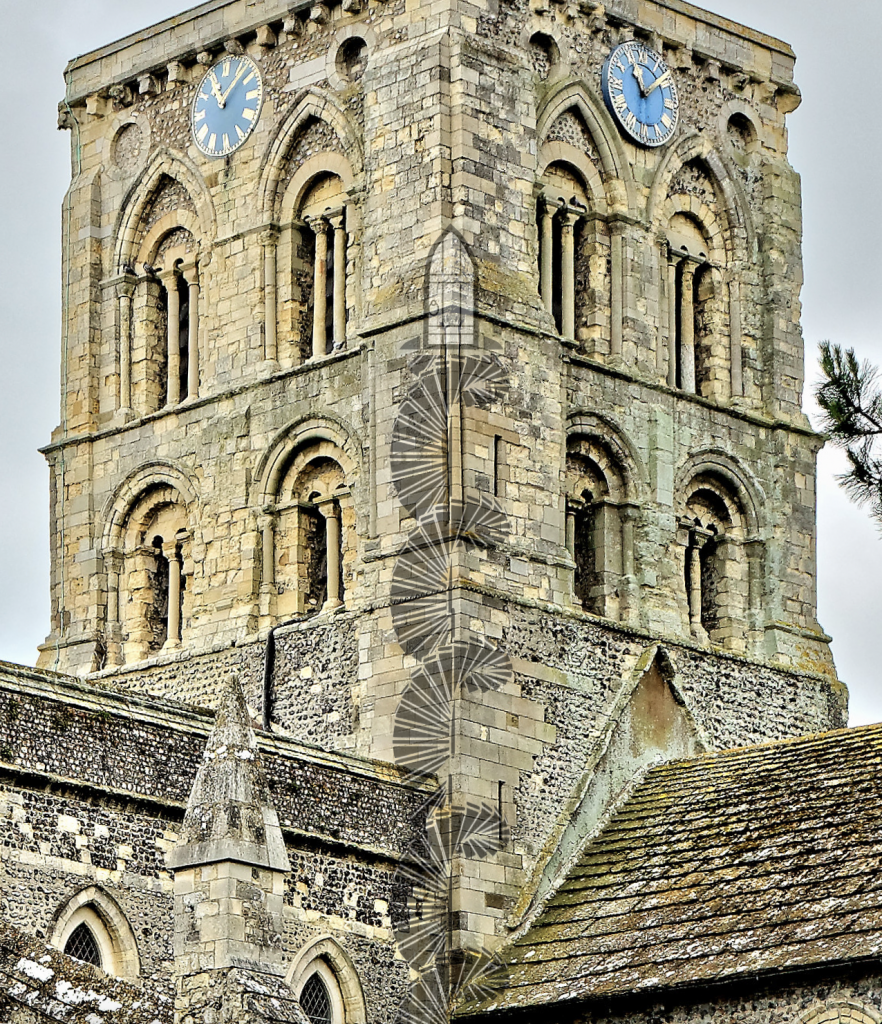
The Tower was built in two stages from c1130. The video gives us a fascinating opportunity to see the constructional details of the staircase that would otherwise pass you by, and shows the distinct 2 stages. The lower stage, upto the Ringing room, is enclosed entirely inside the stone column supporting the tower. The narrower stairs in the upper stage shows evidence of numerous repairs and modifications to the structure over the previous 900 years. The upper stairs have 2 slot windows, visible from outside.
You can also see that the transepts originally had steeper roofs, as is apparent from the lower stage of the tower.
The top of the tower is substantial in construction and it is speculated that it would have once supported a spire. Whilst there are no known records to support this, there is a wooden Fireplace piece (in Marlipins) that shows a representation of c1605 with a knave and spire. The tower was reported as damaged by subsidence by 1895 and repairs effected soon after.
The Clocks
The clock was initially a diamond shape on the South side (1828 -1862) with the South face being installed higher up in 1862 with the North face possibly in 1898. The East and West faces were added in 1937.
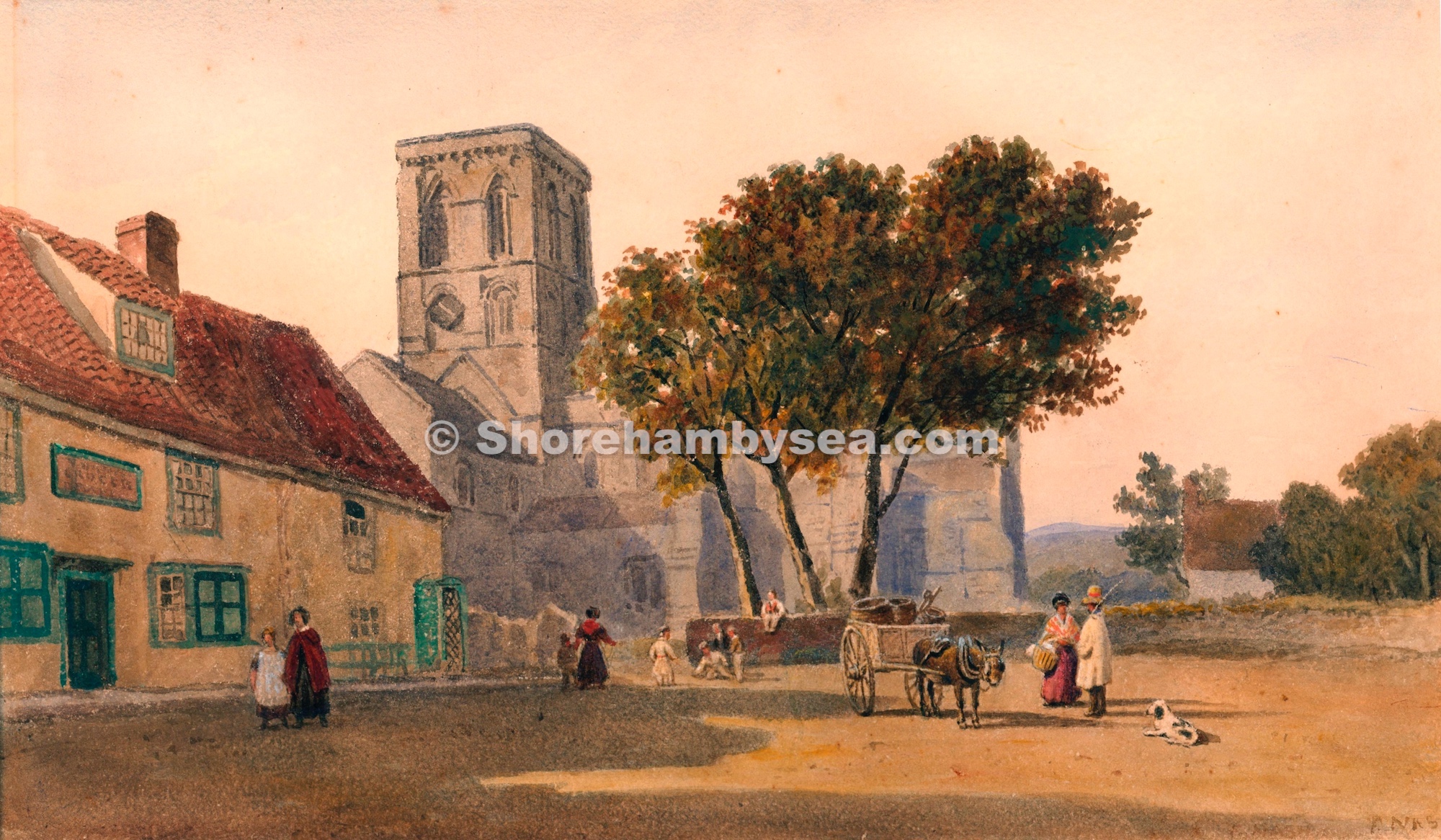
The church records show that the wooden, lozenge shaped clock was first fixed to the south wall of the tower in 1828. For many years after though the clock is recorded as ‘useless’ until 1862/3 when a new 5 foot copper dial was raised 22 feet higher and placed under the parapet in the centre of the south tower face and the movement repaired. The current clockwork movement was installed in 1898 by Smith & Derby with North and South dials. Confusingly though the records also say ‘north and south dials were added in 1937’ – were these replacements or did they mean West and East?. – (information from ‘St Mary, New Shoreham, A Building History’ by Michael Norman)
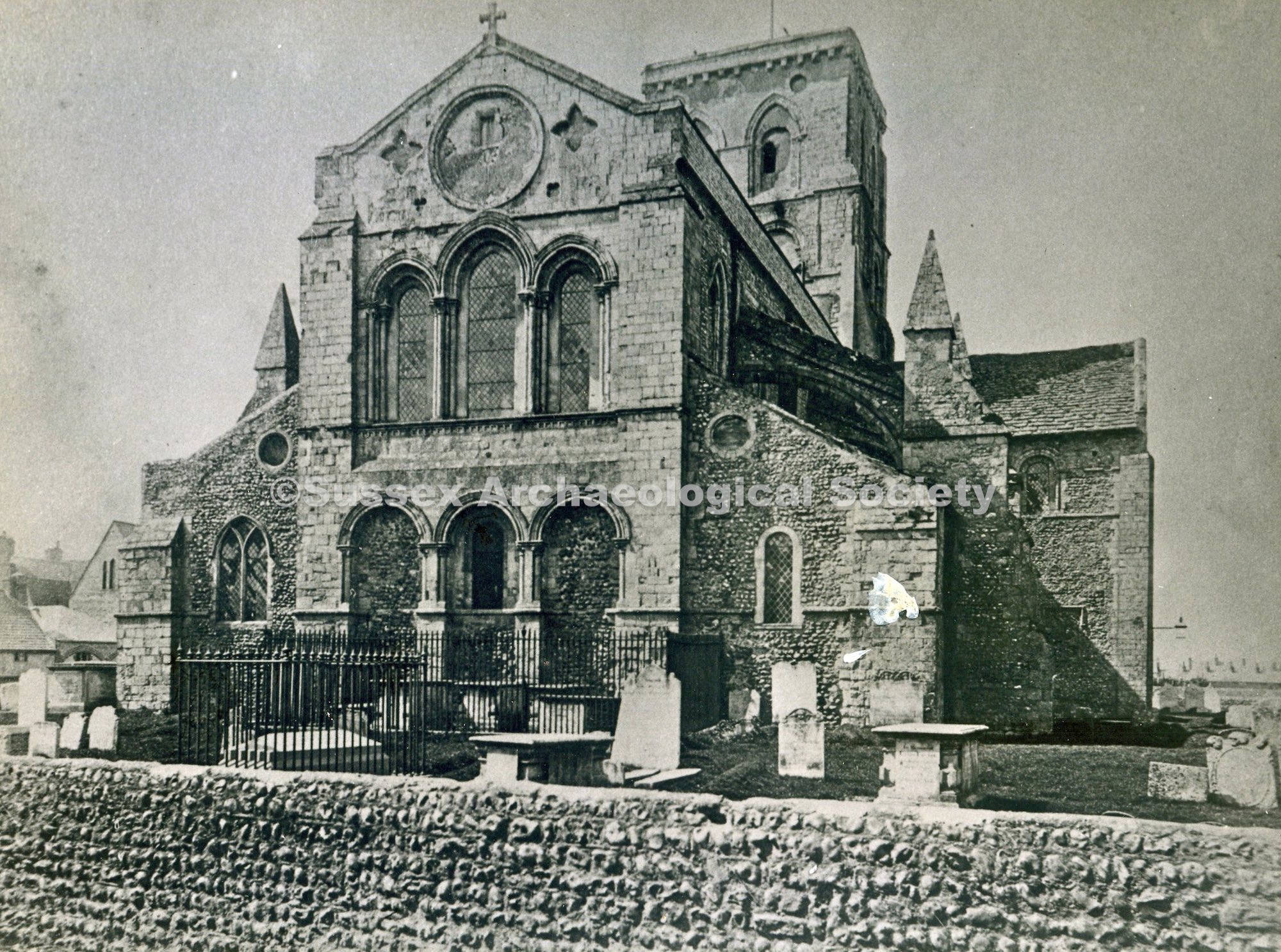
Timeline of clockface placement
1784 Diamond shape clock from 1784 (or earlier) visible until 1862
1862 New clock on South face 20 ft higher 1862 to 1898
1898 East and west face only installed from 1898 – 1937 Note, the South face was removed (the church records state new N&S faces is an error)
1937 South and North added (the church notes about N&S faces are correct)
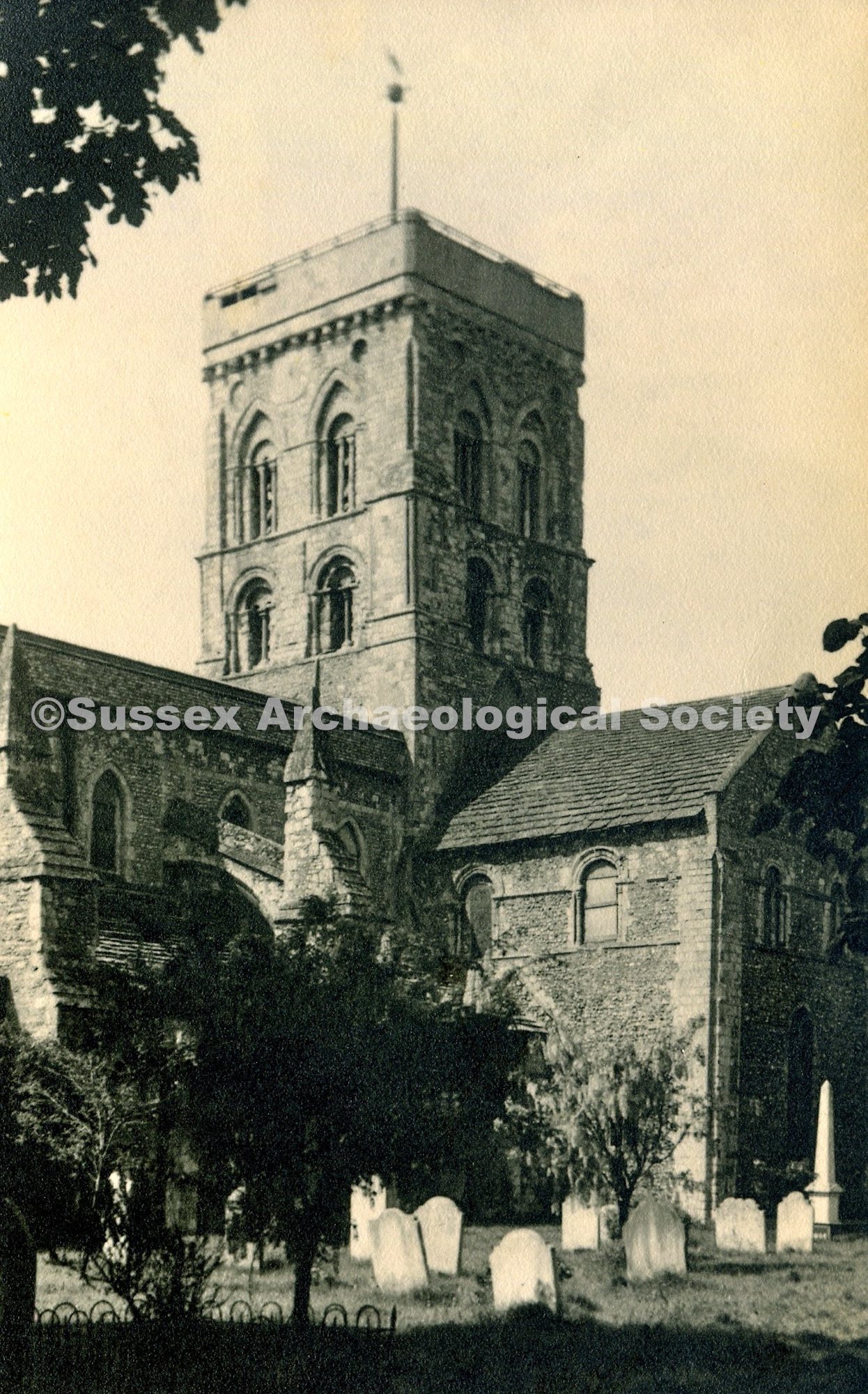
The Ringing Room
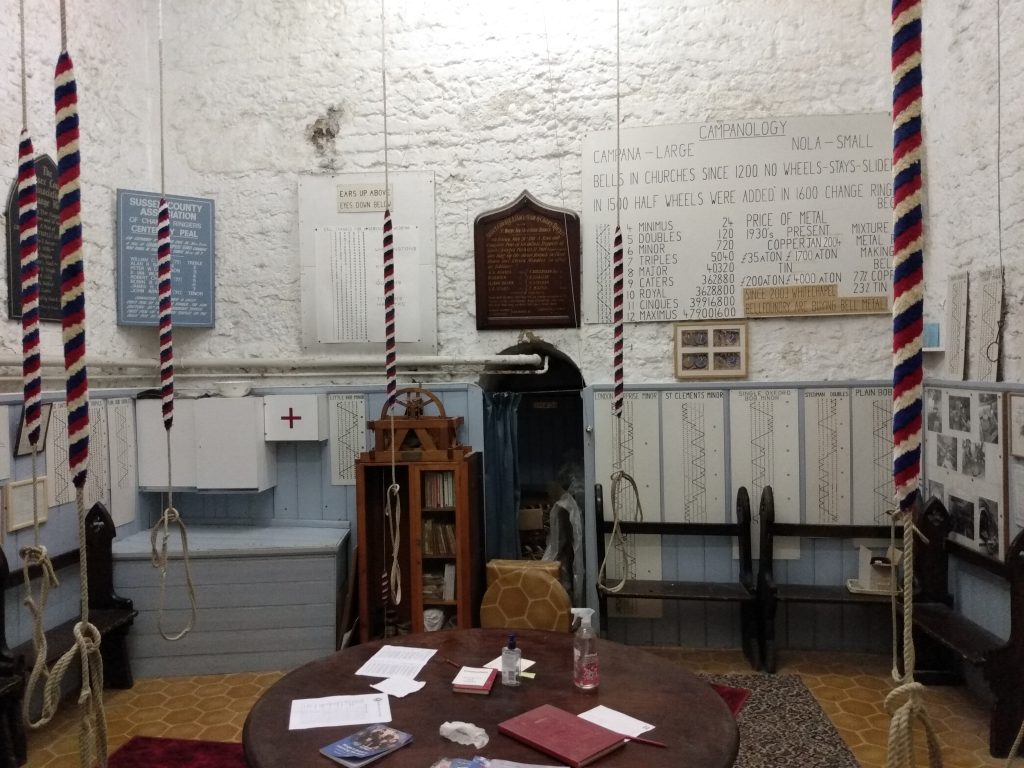
The Belfry
In 1896, St. Mary’s old bells dating from 1767 were melted down and recast, with the exception of the present 7th bell, to make a ring of six bells, and a further two bells were added in the following year. In 1983 the bells were re-tuned and re-hung by the Whitechapel Bell Foundry, which had been in existence for over 400 years and has dealt with the casting of the 1767 ring and all work on the bells since that date. In 2017 the Whitechapel Foundry cast its last bell and closed for good.
The bells and Ringing Room are discussed in an interview here:
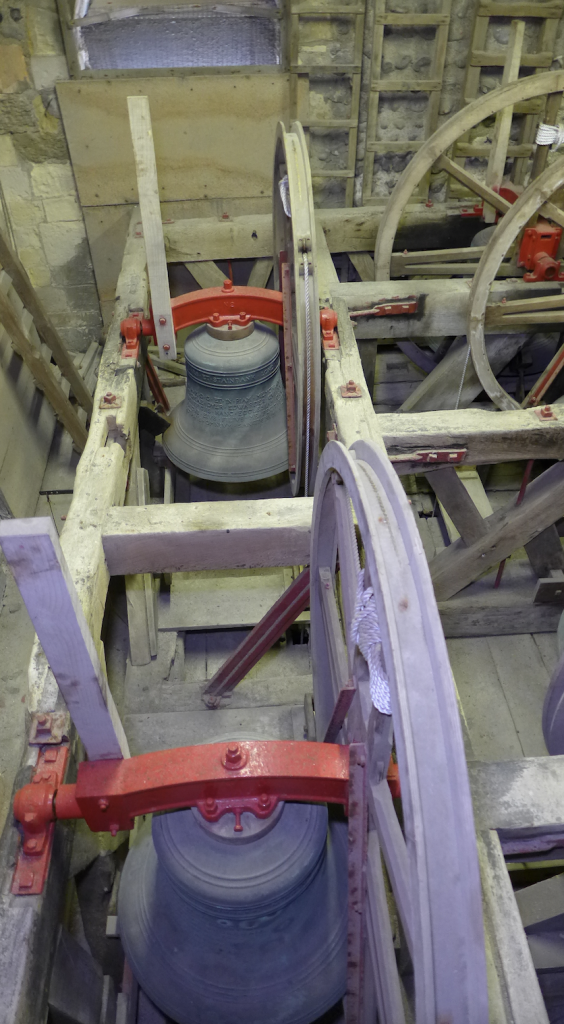
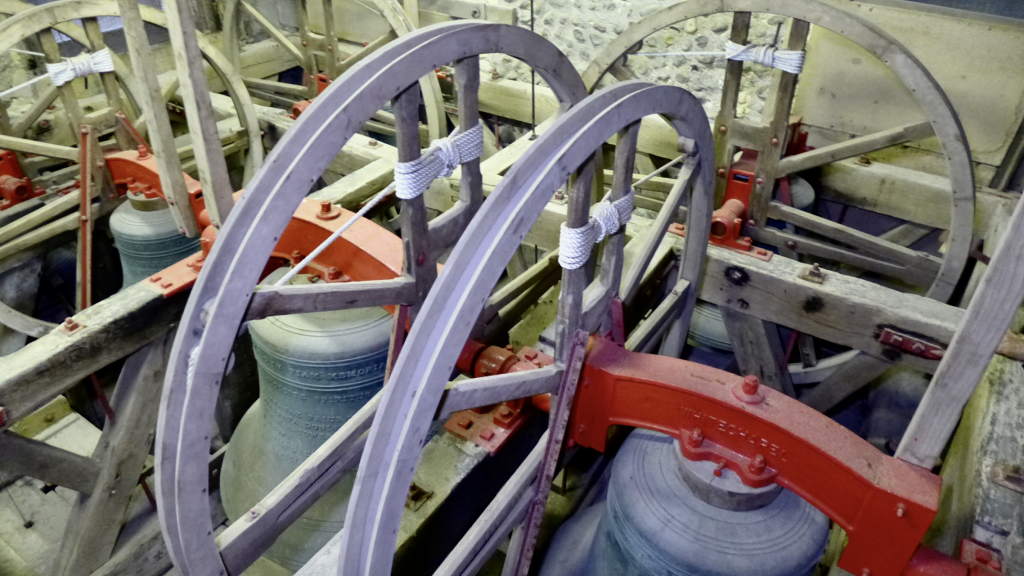
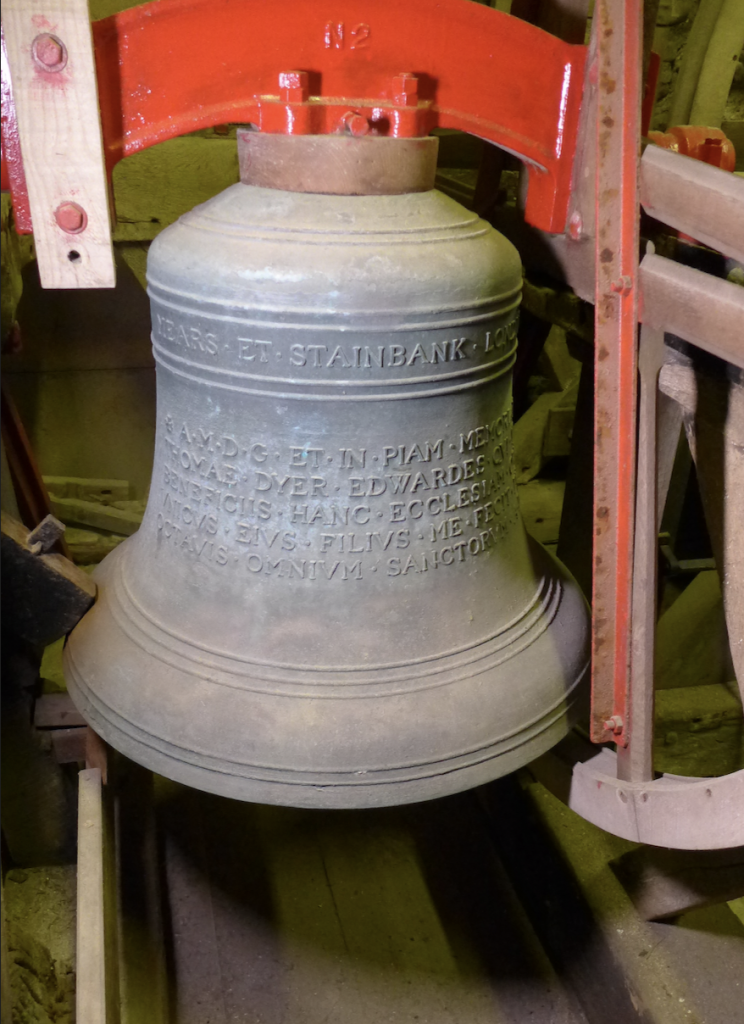
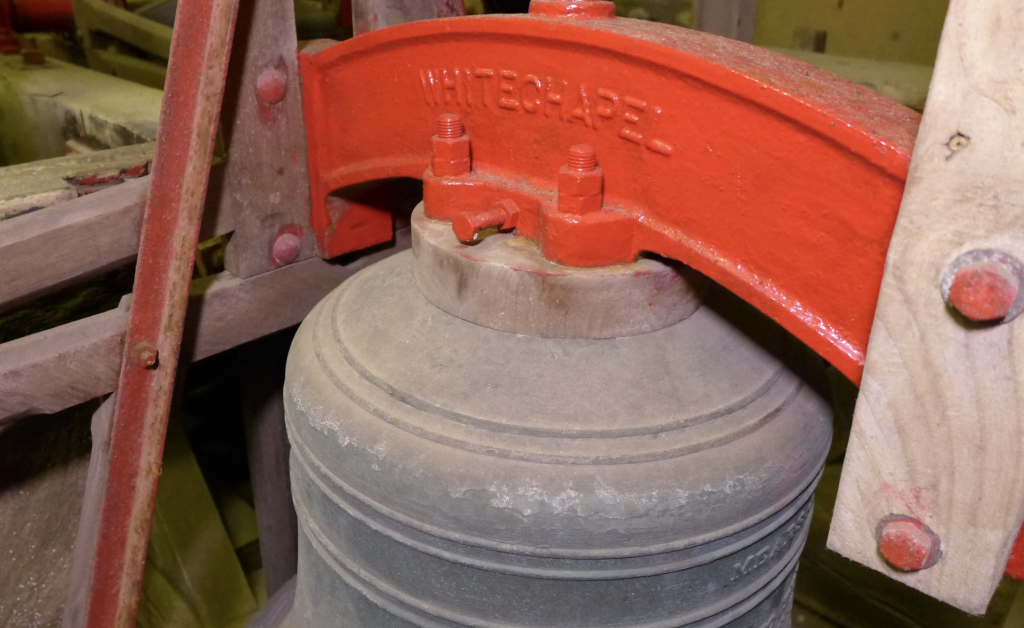
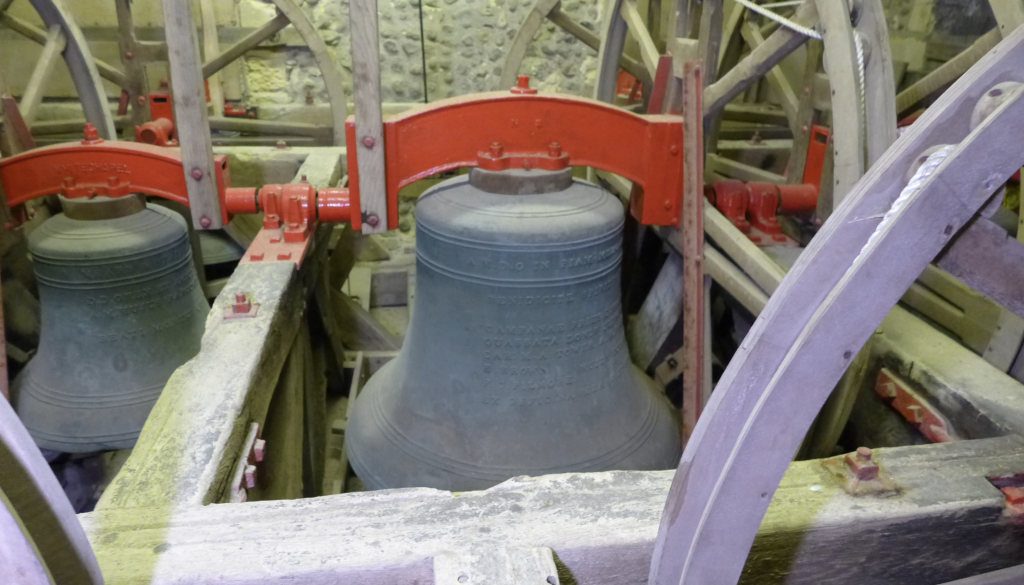
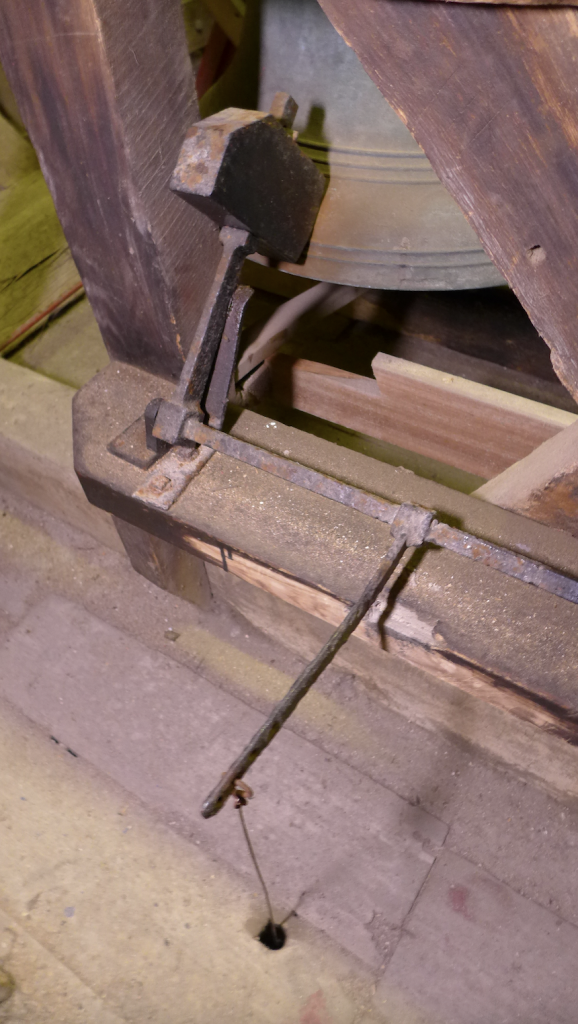
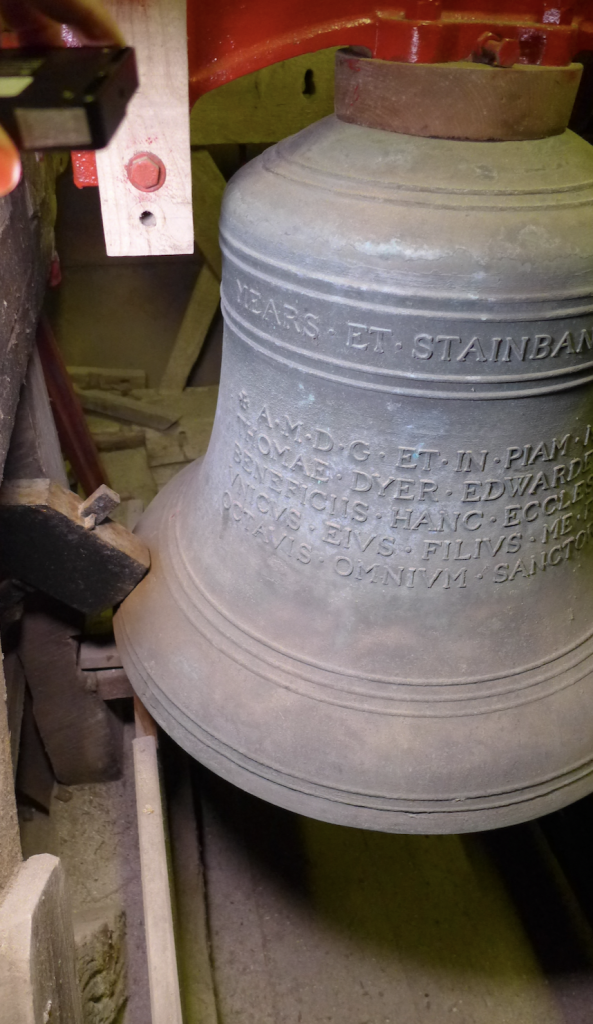
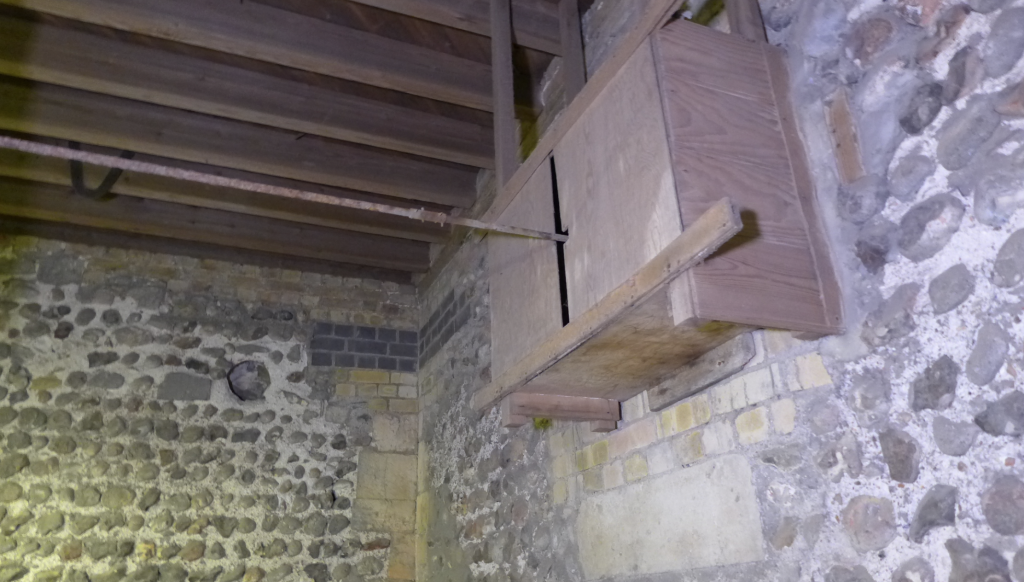
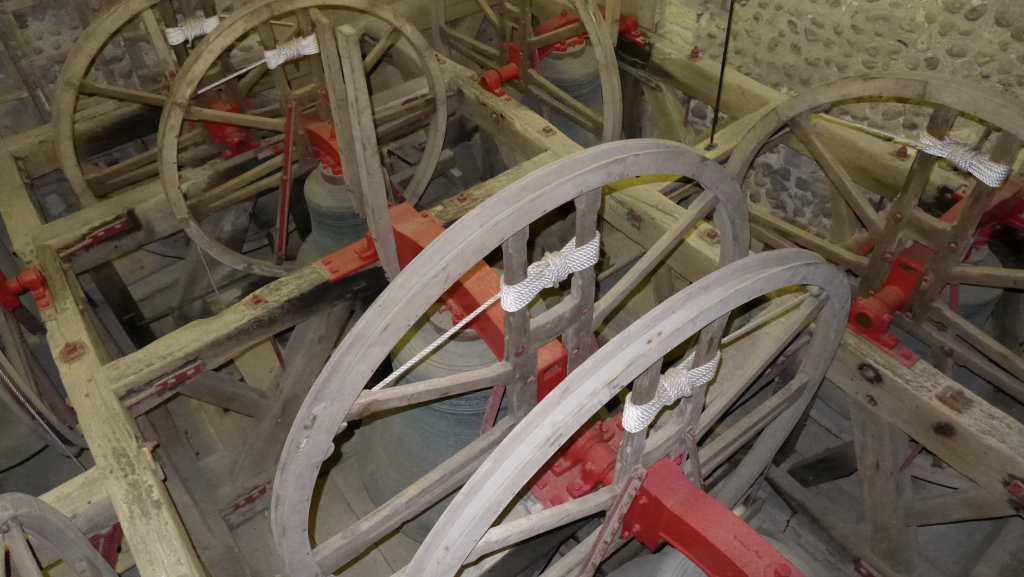
The View from the Roof
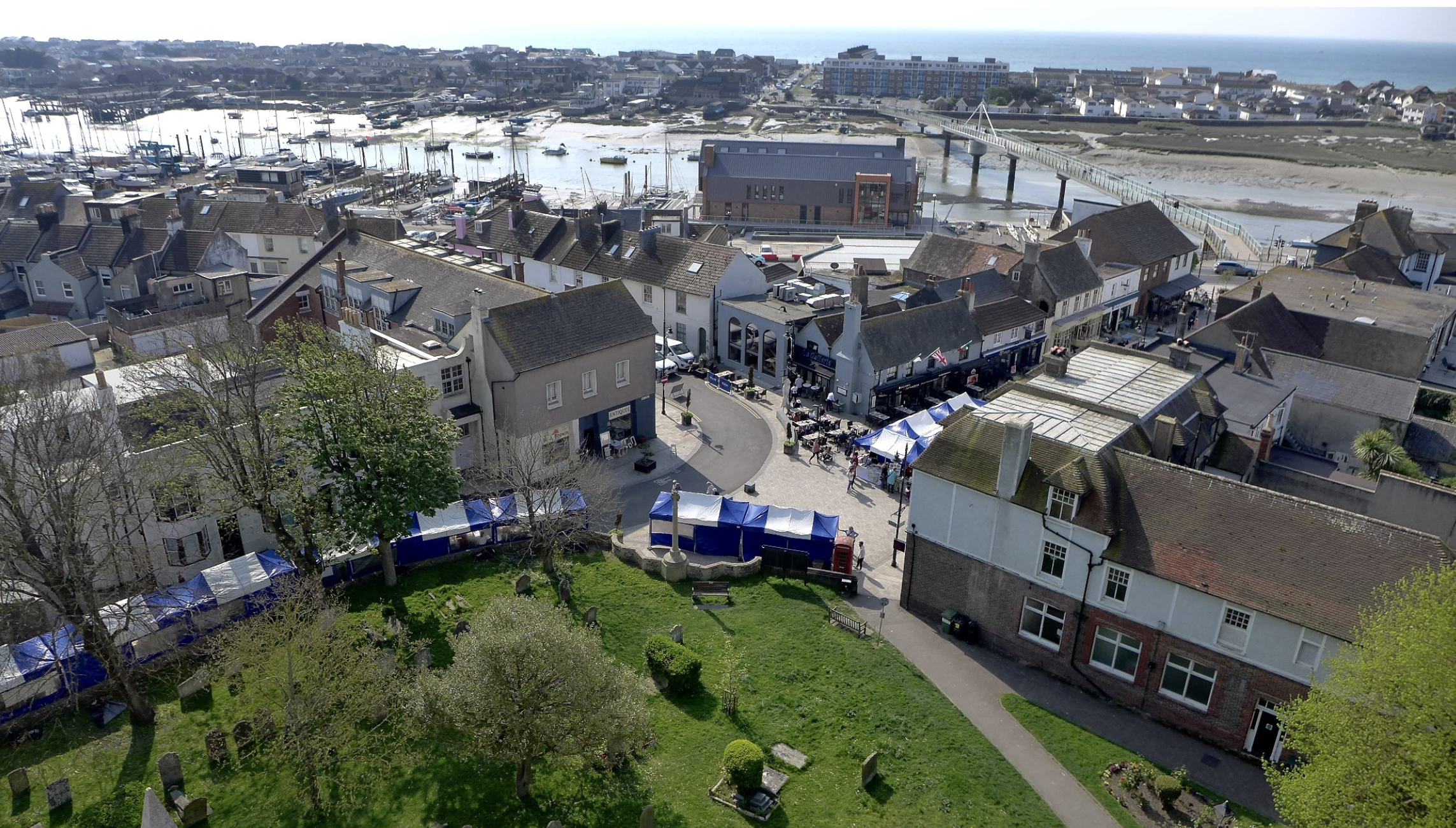
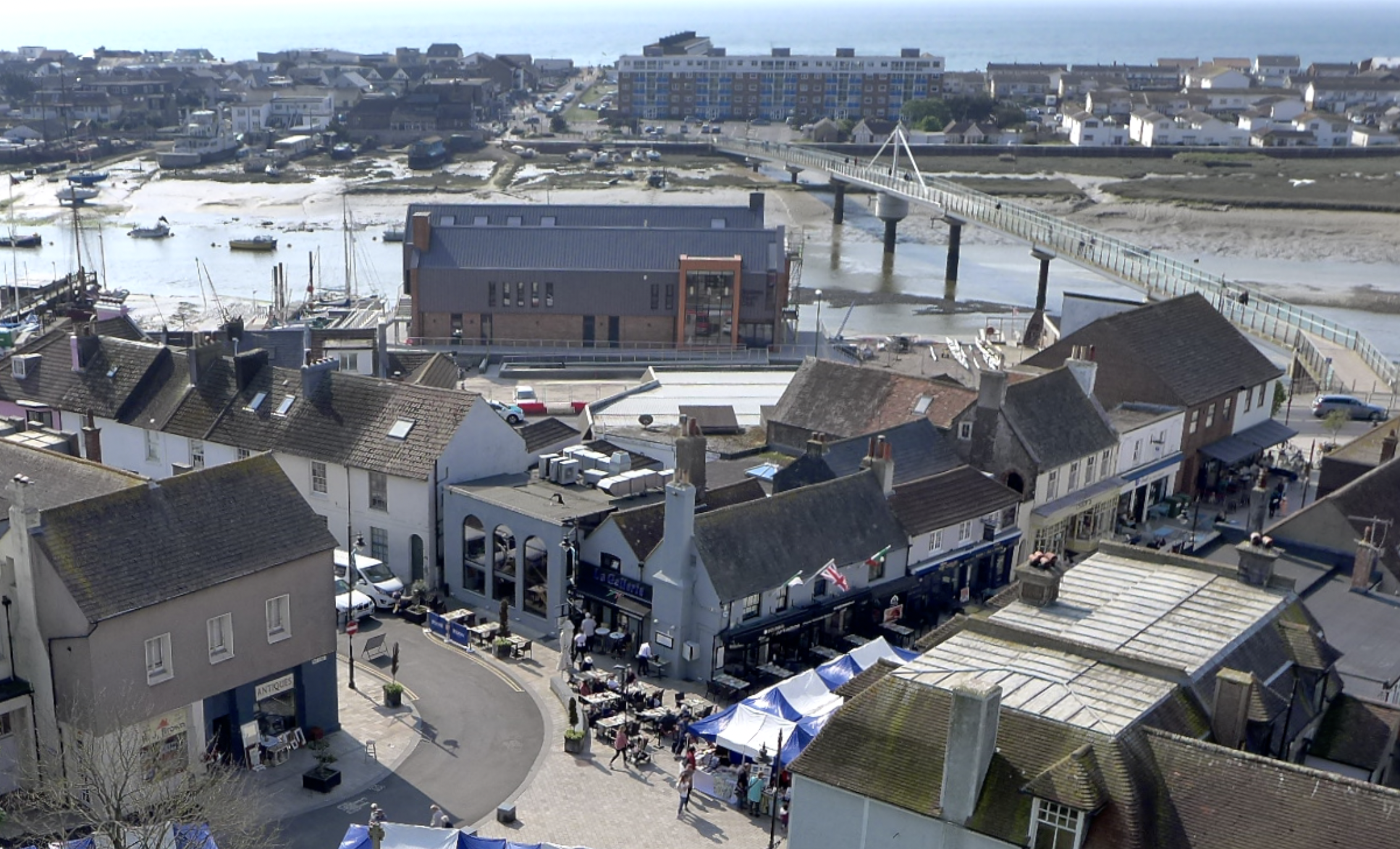
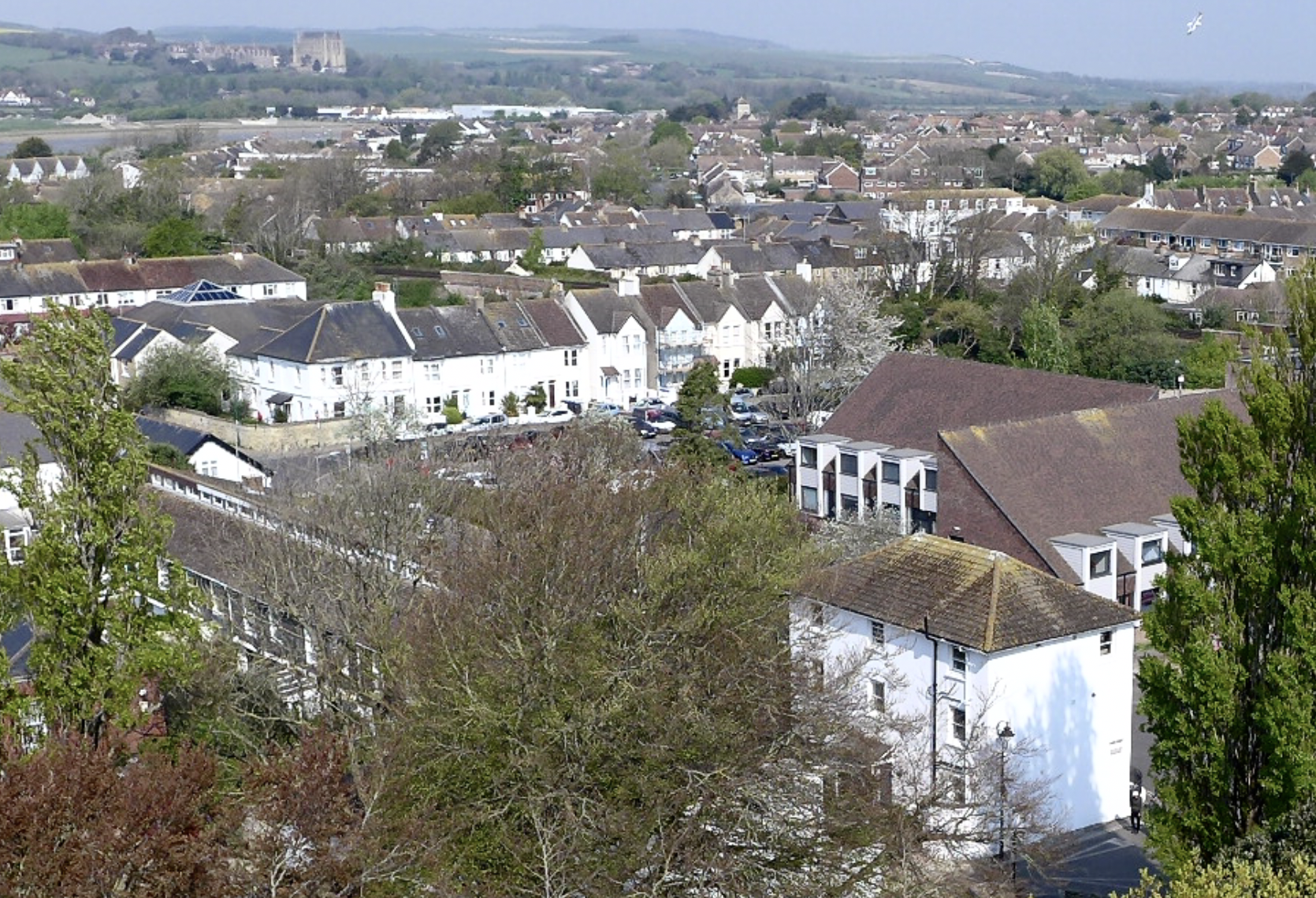
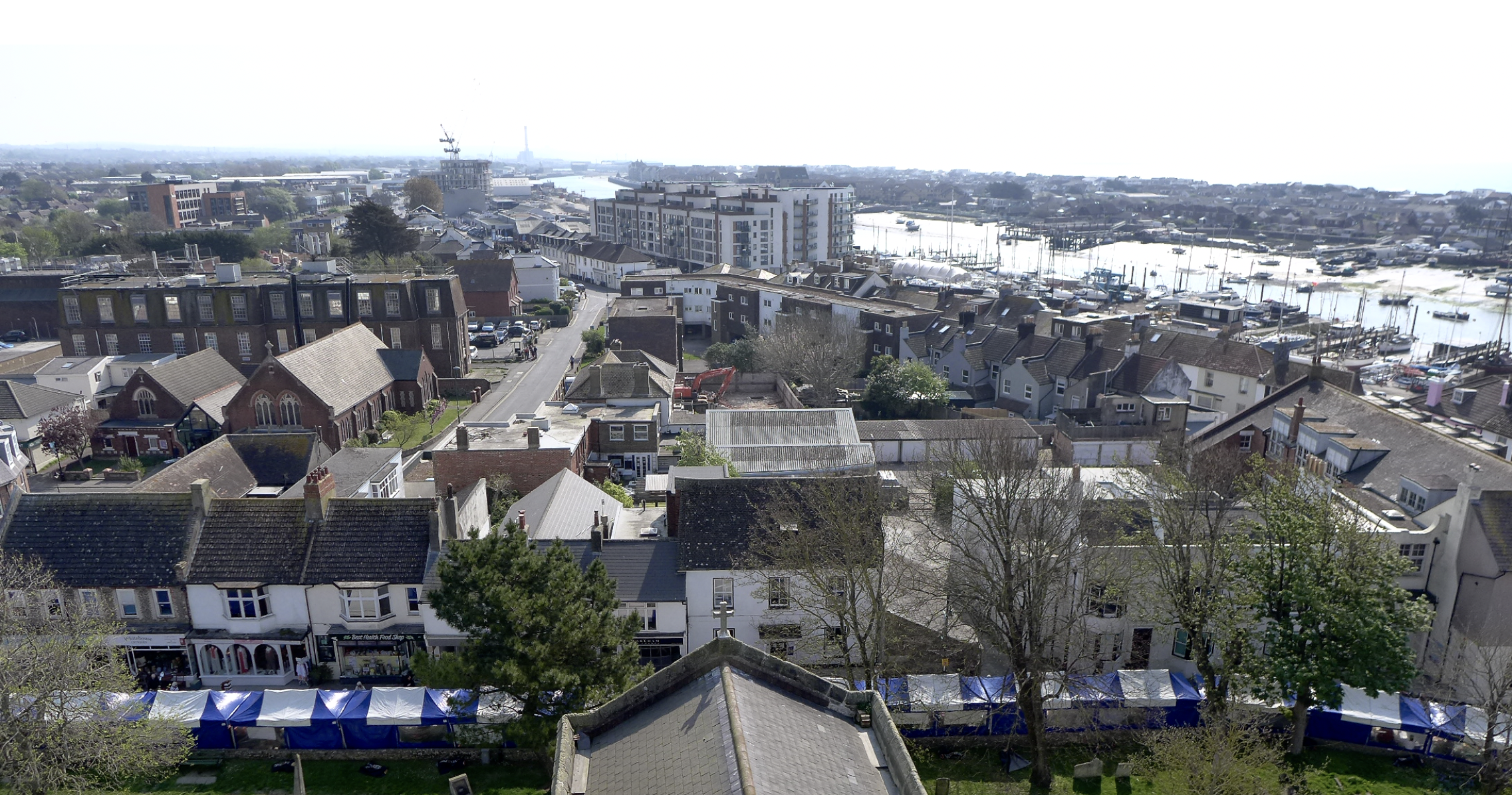
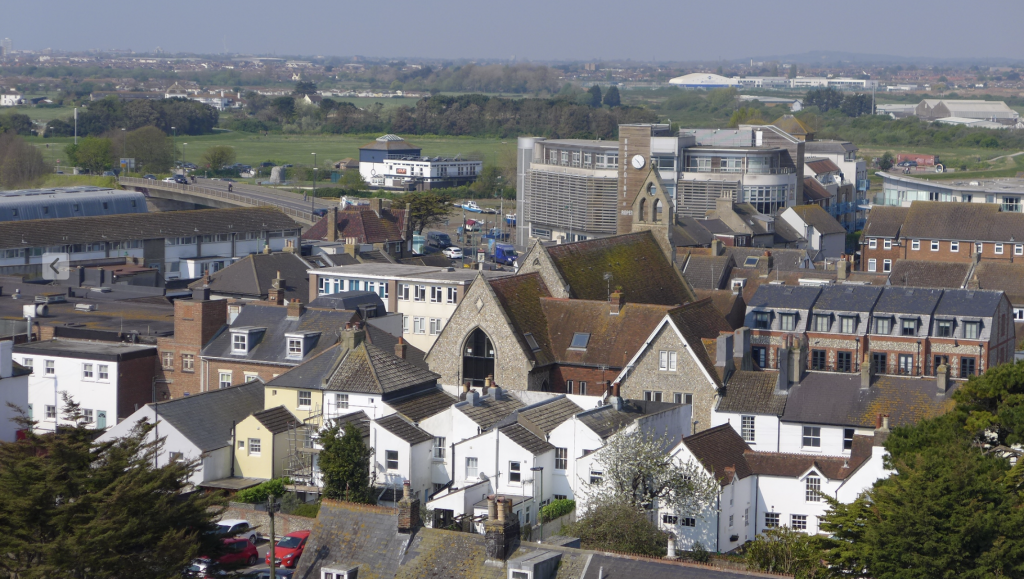
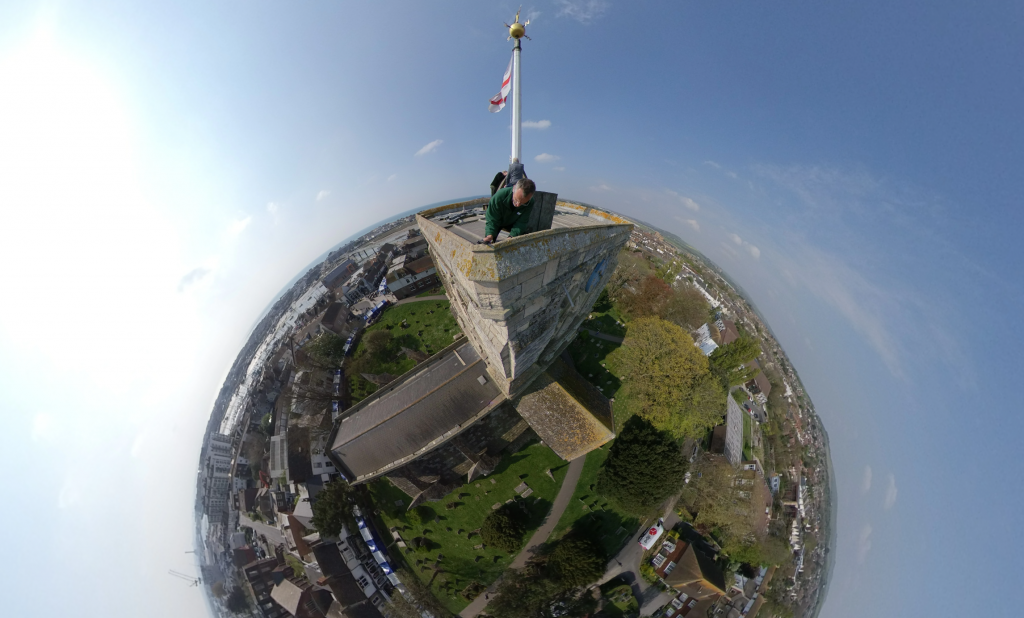
All video and images ©2022 Shorehambysea.com unless stated otherwise.

